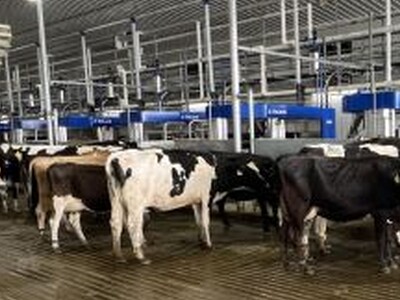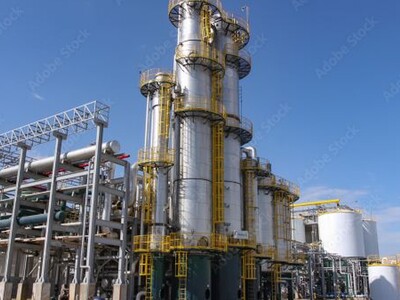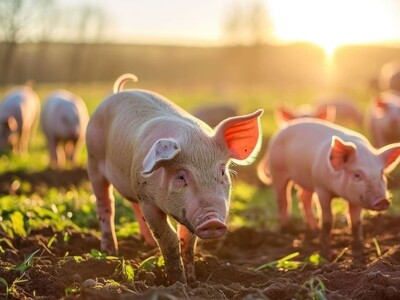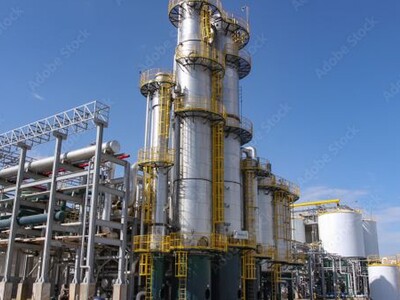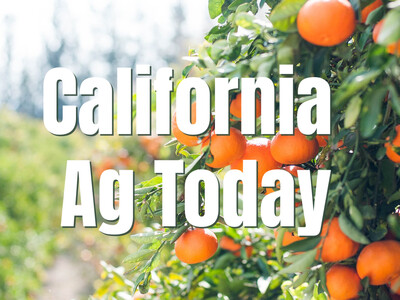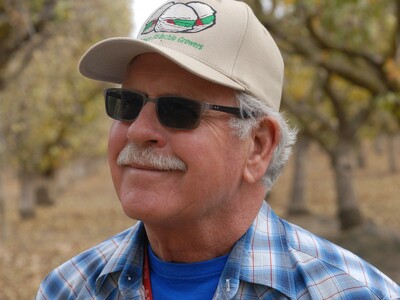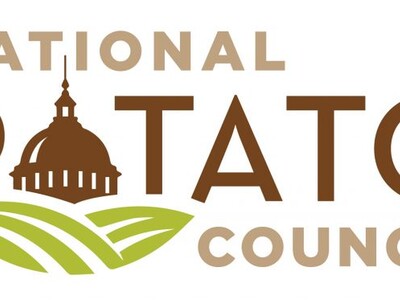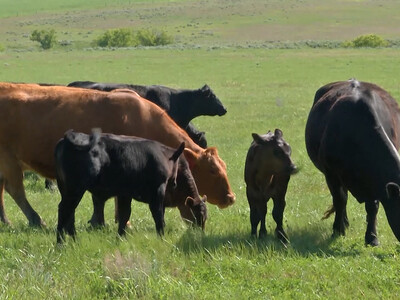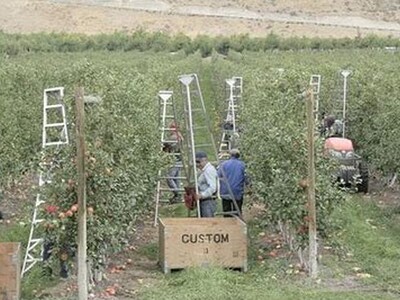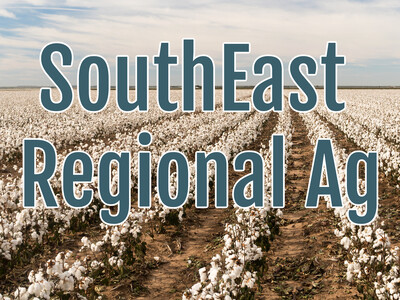Pesticides & Water Quality Part 3
Pesticides & Water Quality Part 3. I’m Greg Martin with today’s Line On Agriculture.
Dr. John Stark, Director of WSU-Puyallup’s
STARK: But the good new is this, we’re phasing these products out, right? We have a whole new series of pesticides and surely those are a lot safer than some of the older products. We looked at spinosad’s, spinosad is an organic insecticide. It’s not even involved in any of this methodology here because it’s basically recognized as a safe product and doesn’t fall within these categories but for the sake of this study we used this number right here, .5 as a level of concern and we exposed coho salmon.
According to Stark there are various numbers assigned to the various categories to determine if there is a threat to fish and fish food like various types of daphnia.
STARK: Daphnia are zooplankton. They feed on algae and bacteria. They are a common source of food for various aquatic organisms and they are ubiquitous. They live everywhere in fresh water systems, even in the mountains.
They used 3 species of daphnia along with the coho salmon and what they found was that at 2 parts per million onespecies of daphnia and the salmon were unaffected while the other two were.
STARK: But this bothered us a bit and so what we did, we did longer term population studies which incorporate both lethal and sub-lethal effects. We took daphnia populations and exposed them for 21 days and what we found was this incredible decline, a 74% decline in population size after 21 days. And so we are finding negative impacts by this supposedly really safe, natural pesticide that is used by organic growers.
Bottom line is that even using supposedly safe pesticides can have a detrimental effect on fish populations. Stark says they have looked at many other “safe” pesticides and found equal or worse effects.
STARK: This risk quotient method I showed you is based on acute mortality. It doesn’t take into account combined effects and multiple sub-lethal effects. When we start to look at things like that we find that quite often much more severe than we thought. The reason we feel it is important now to look at these new pesticides is what we’d like to do is get a handle on what is going to happen with our new products now.
That’s today’s Line On Agriculture. I’m Greg Martin on the Northwest Ag Information Network.




